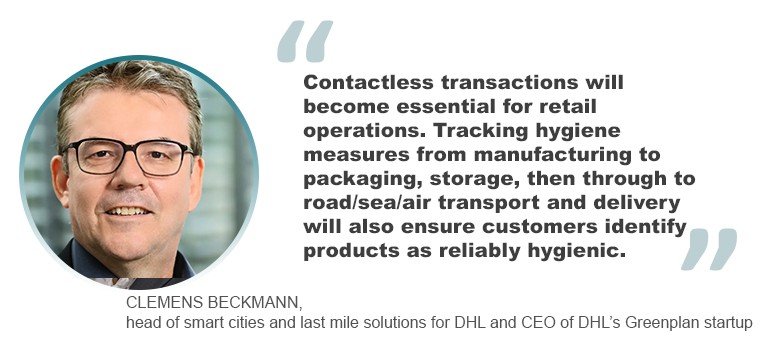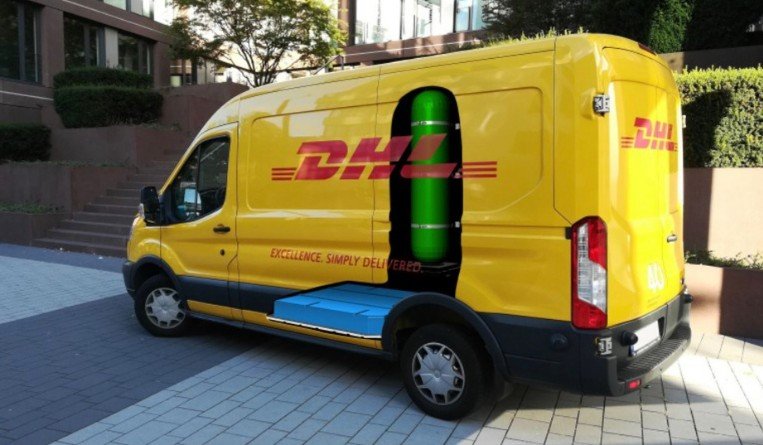Latest trends, their current challenges as well as possible solutions in the increasingly important last mile sector were examined in a recent MoveAsia webinar, “Optimizing last mile delivery in an on-demand economy.”
While there is no doubting the explosive amounts of growth the Covid-19 pandemic has brought to the sector, there can be no denying the equally large changes the pandemic brings to the supply chain.
Anyone doubting the growth needs to chew on a figure from Christoph Herzig, head of fleet applications at HERE Technologies in Berlin, who reported that, in the United States, 10 years of e-commerce growth happened in the first half of 2020.
Digesting that, exclusive of what growth a likely equally turbulent second-half could bring, is a huge challenge and change for the industry. Platform logistics companies which built the right infrastructure are the winners to date, and have put “a tremendous pressure” on other deliverers, Herzig said.
Platforms are already being challenged by old fashioned brick and mortar providers getting into the sector. They, and indeed anyone else joining the sector, will have their work cut out as they will need to make quick investments, pick the right players to partner with, have the right location and build the right IT. Nor does the work stop there, Herzig added.
On the other side, switching costs are very low, so deliverers have to work continuously at customer satisfaction and to retain consumers with every delivery, Herzig said. “That is a tremendous challenge that only a few players currently master.”
It is though not so much a matter of customer service but of using technology to stay on top of what is a very dynamic business environment, caught as it is between consumers who want their package now and an increasingly changing urban environment. “Your IT systems actually need to support this flexibility: dynamic routing has to become part of your daily process,” said Herzig.
Long gone are the days of planning a milk run of deliveries the night before. Luckily, several tools are to hand as Clemens Beckmann, head of smart cities and last mile solutions for DHL and CEO of DHL’s Greenplan startup, pointed out. These tools includ things such as planning tools and parcel stations (of which the world cannot seemingly get enough) and electronic vehicles (EVs).

None provides a total solution, but each helps – although each requires a great deal of attention to detail. Parcel stations are a case in point, with Beckmann urging that they be located close to traffic routes, with petrol stations being a good potential spot.
Electronic vehicles are another case in point: They do not pollute and they are quiet. “In terms of early deliveries, this is quite an important criteria,” said Beckmann. More important is their suitability for last mile use, as in the city, their range is something like 70 to 90 kilometres – “a perfect use for EVs,” said Beckmann.
Offsetting this, there are a number of challenges one prominent one being their cost. “The big hurdle to a lot of fleet owners is the initial upfront cost,” said Eugene Lee, chief operating officer for Hong Kong-based GOGOX, a platform logistics business, adding later “that is going to have to come down quite a bit for it to be sustainable.”
Charging those EVs must also be considered. EVs need between two and five hours to charge completely, and while this can be done overnight, it is a reminder of how much behavioural change is going to come with them. This might be difficult for the small-scale mom-and-pop operations found in Asia, although mom and pop’s digital native children might be able to make more of it.
And what all will have to take into account is privacy – and much more so than in the past. Consumer addresses, even without names, are a privacy issue, said Herzig, to some agreement. He suggested that drivers be given devices with privacy by design built in.
Michael Mackey



